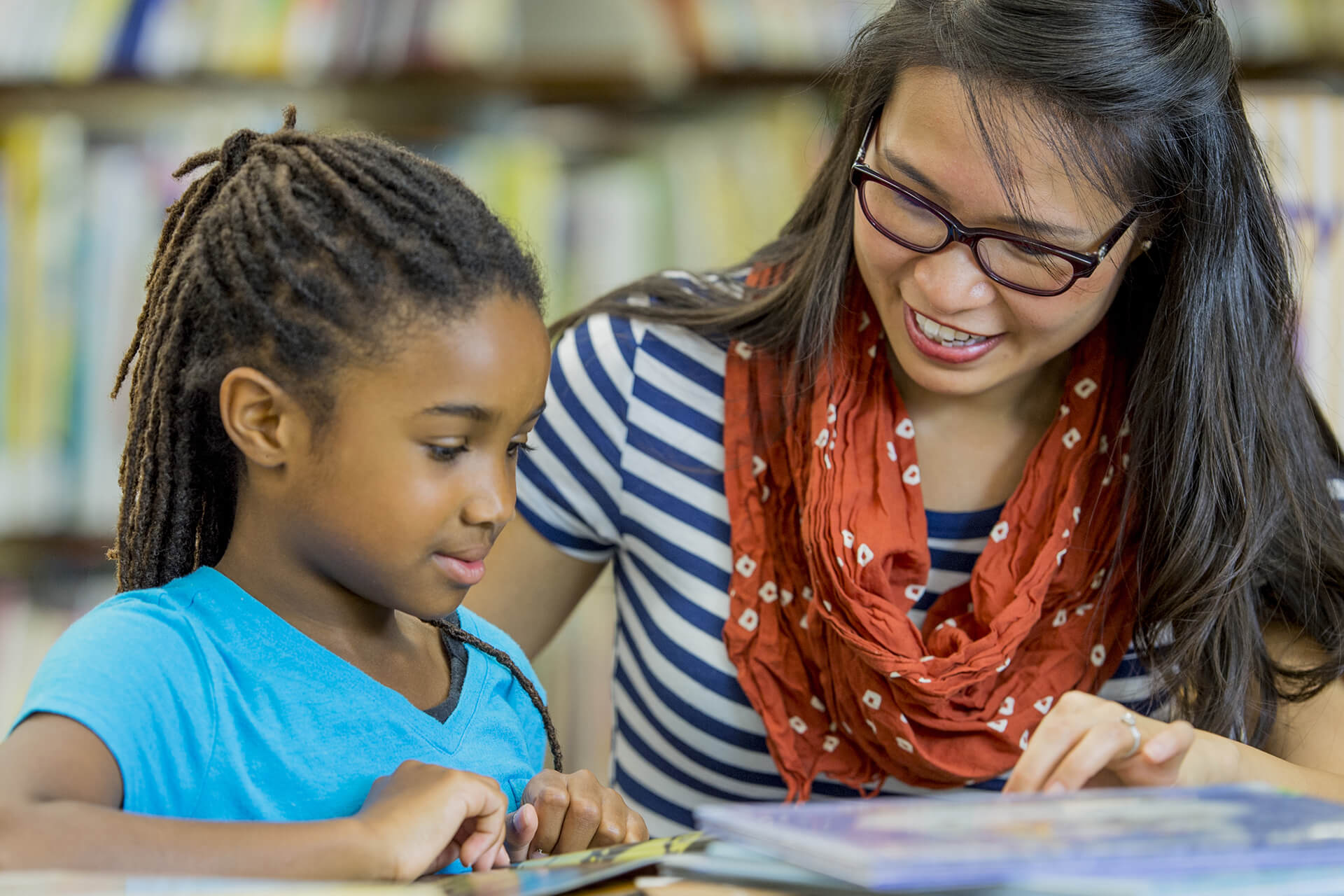By Vivian Cain
One of Dr. Maria Montessori’s core tenets was the directive to “follow the child.” In the classroom, this means allowing your child to experience and engage in activities that interest them. But more importantly, it means resisting the urge to lead the child.
Montessori-certified teachers are trained to practice this principle every day. Unlike teachers in traditional classrooms, the Montessori teacher is not the primary focus for the students. Rather, the teachers are intently focused on each child’s activities and provide assistance to help them learn. If you’re considering a Montessori education for your child, it’s important to learn more about the Montessori teacher’s role in the classroom.
Montessori principles are designed to encourage children to explore their natural desire to learn, not to make teachers teach. To facilitate your child’s learning, a Montessori school should be designed as a comfortable environment in which your child feels safe and confident to engage independently in their education. The right Montessori environment will allow teachers to observe and understand your child’s interests, discoveries and pace of learning.
With many traditional school models, teachers lead group instructional sessions or provide students with the same learning materials. Children are typically engaged in these settings by answering or asking questions. In Montessori classrooms, your child’s teacher will engage your child in the learning process by allowing them an opportunity to find the answer independently, often with Montessori materials and activities.
The mixed-age Montessori classroom also helps facilitate an engaging learning environment. A student may seek the help of a classmate when solving problems. This further enhances your child’s sense of independence and helps them learn directly from their environment rather than exclusively from their teacher.
Your child’s Montessori teacher will create a weekly lesson plan similar to her traditional counterparts. However, she must also closely observe and react to changes in a student’s interest or mood. Subjects are not blocked out in hour-long timeslots. Rather, each subject is interwoven, allowing your child’s teacher to shift focus if she senses your child is ready to move on.
Every parent also wants to know that their child is getting sufficient attention in the classroom. At Maria Montessori International Academy, we keep class sizes small to allow teachers to provide one-on-one or small group lessons as appropriate. Your child’s teacher will spend little time teaching to the entire group. To allow your child to pursue lessons in their own way, the teacher will provide basic instructions such as which supplies she’ll need and how to use them. Then she will step back and observe how your child proceeds, offering constructive guidance along the way.
Although the role of a Montessori teacher varies greatly from that of the traditional classroom teacher, she is well-versed in a wide variety of subjects and keenly trained in observing and engaging with their students.
Contact us to learn more about the relationship your child will share with his or her Montessori teacher or schedule an initial tour of Maria Montessori International Academy. We look forward to answering your questions about our school philosophy.







